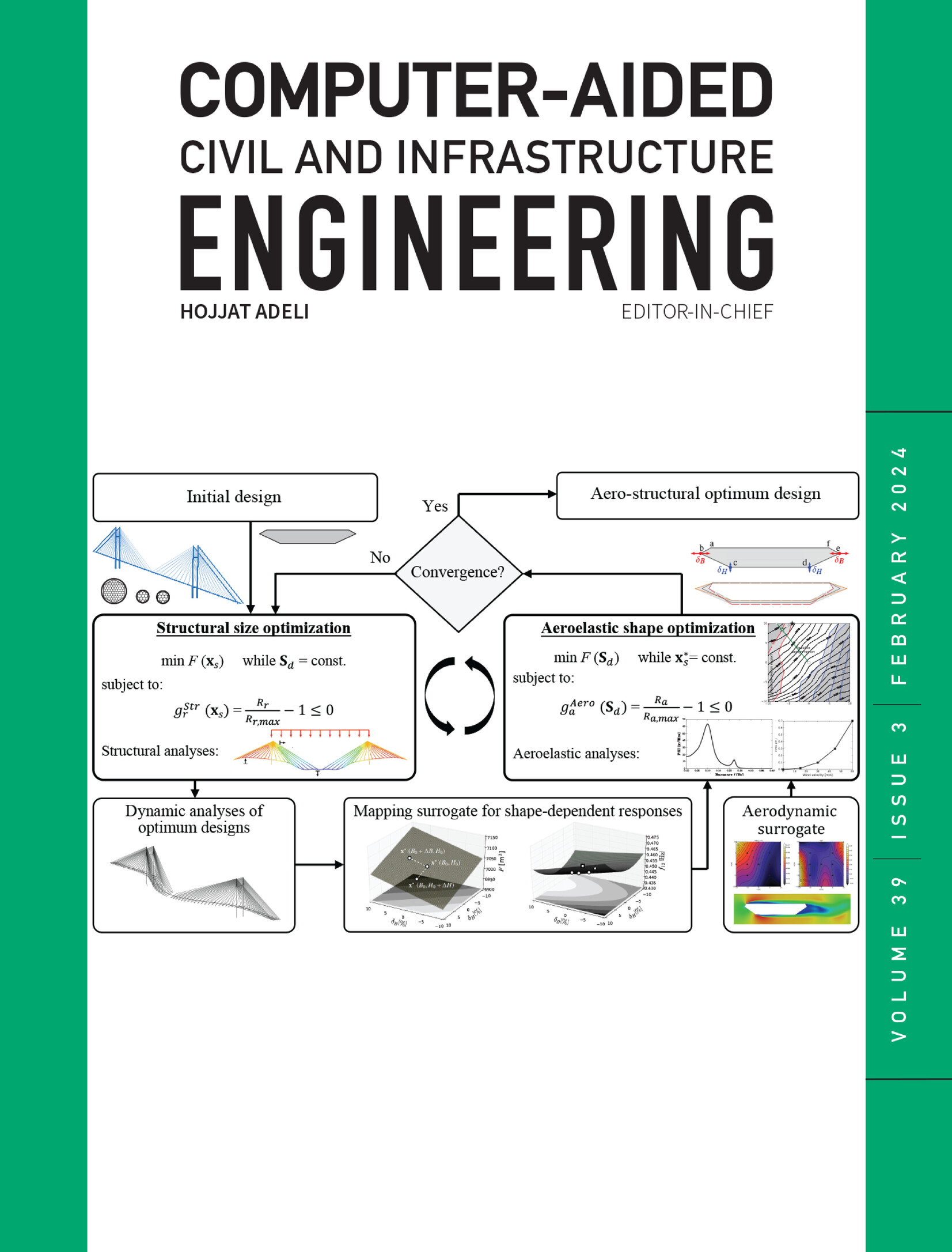Multivariate engineering formulas discovery with knowledge-based neural network
IF 8.5
1区 工程技术
Q1 COMPUTER SCIENCE, INTERDISCIPLINARY APPLICATIONS
引用次数: 0
Abstract
Multivariate engineering formulas are the foundation of various engineering standards worldwide for constructing complex systems. Traditional formula discovery methods suffer from low efficiency, the curse of dimensionality, and low physical interpretability. To address these limitations, this study proposes a knowledge-based method for efficiently generating multivariate engineering formulas directly from data. The method consists of four components: (1) a deep generative model considering dimensional homogeneity, (2) a physics-adaptive normalization method for multiple engineering variables with different units, (3) a feature merging algorithm grounded in dimensionality theory, and (4) a machine learning-based data segmentation method for piecewise formulas. Experiments on two ground-truth datasets demonstrate that our proposed method improves the accuracy of the generated formulas by 35.6% (measured by mean absolute error), compared to the Eureqa program. Additionally, it enhances the mechanistic interpretability of the results, compared to both Eureqa and the emerging physics-informed neural network-based equation discovery methods. The piecewise formulas successfully capture the implicit mechanisms in the experimental data, consistent with theoretical analysis. Overall, our knowledge-based method holds great promise for improving the efficiency of discovering interpretable and generalizable multivariate engineering formulas, facilitating the transformation of new techniques from testing to applications.求助全文
约1分钟内获得全文
求助全文
来源期刊
CiteScore
17.60
自引率
19.80%
发文量
146
审稿时长
1 months
期刊介绍:
Computer-Aided Civil and Infrastructure Engineering stands as a scholarly, peer-reviewed archival journal, serving as a vital link between advancements in computer technology and civil and infrastructure engineering. The journal serves as a distinctive platform for the publication of original articles, spotlighting novel computational techniques and inventive applications of computers. Specifically, it concentrates on recent progress in computer and information technologies, fostering the development and application of emerging computing paradigms.
Encompassing a broad scope, the journal addresses bridge, construction, environmental, highway, geotechnical, structural, transportation, and water resources engineering. It extends its reach to the management of infrastructure systems, covering domains such as highways, bridges, pavements, airports, and utilities. The journal delves into areas like artificial intelligence, cognitive modeling, concurrent engineering, database management, distributed computing, evolutionary computing, fuzzy logic, genetic algorithms, geometric modeling, internet-based technologies, knowledge discovery and engineering, machine learning, mobile computing, multimedia technologies, networking, neural network computing, optimization and search, parallel processing, robotics, smart structures, software engineering, virtual reality, and visualization techniques.

 求助内容:
求助内容: 应助结果提醒方式:
应助结果提醒方式:


